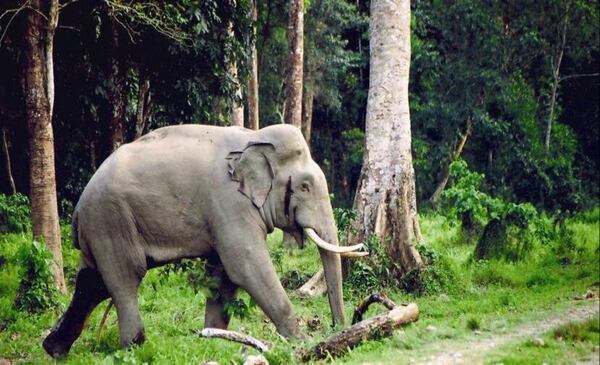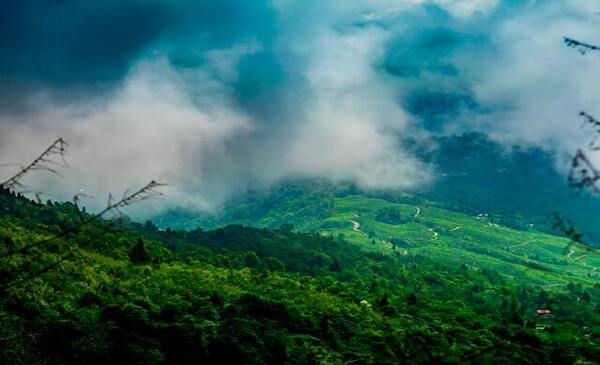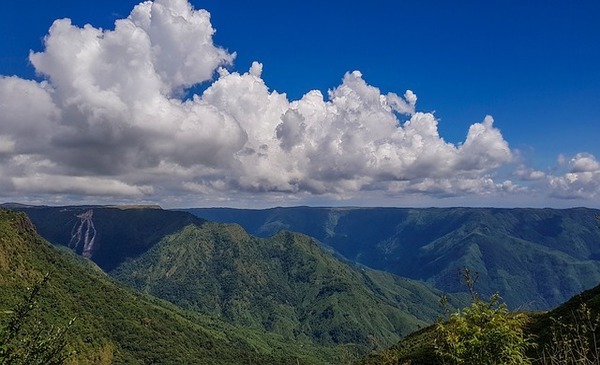Rolep - A Lovely Riverside Village in Sikkim
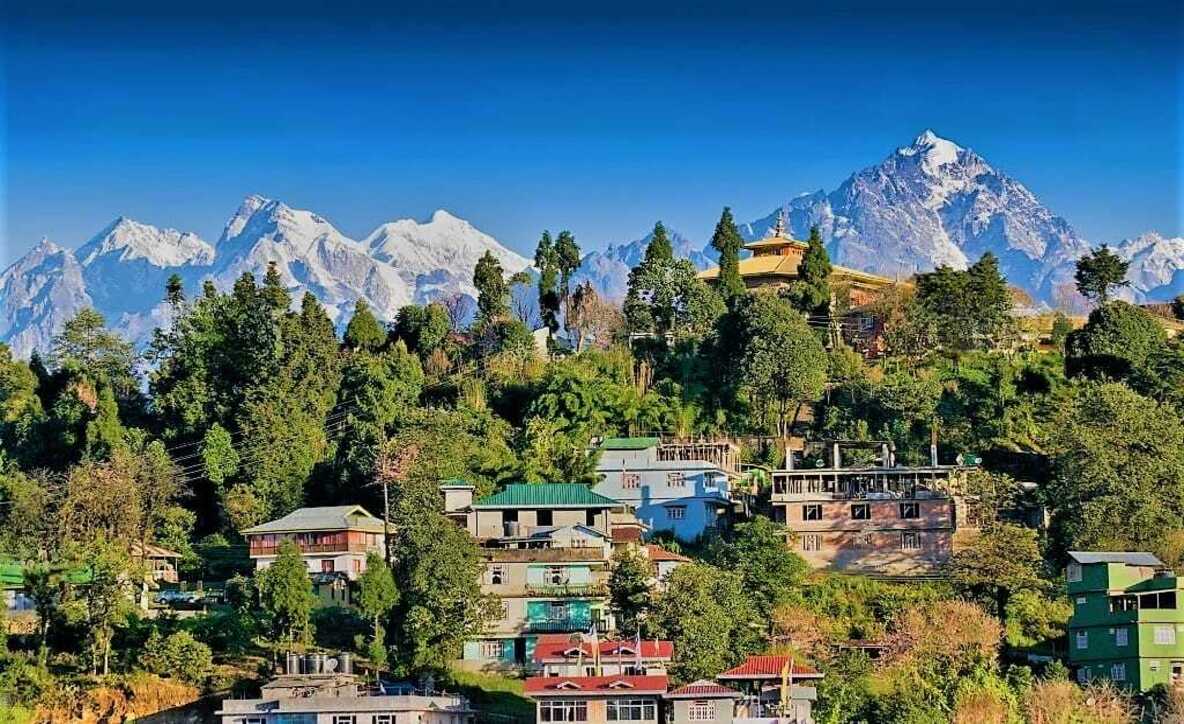
Rolep is a river side village located in East Sikkim
Rolep is located in East Sikkim, 20 km away from Rongli. Is a stunning village alongside Rolep River, bounded by green hilly land on the entire surface. Our Rolep homestay in East Sikkim is a paradise for birdwatchers. You can angle in the river for Trout fish. You can walk just about close to villages. You have to live here to experience the serenity of that small mountain village. Buddha Falls is one of the attractions at this time. Now it is a famous location in the Silk route.
Nearby Attractions -
Rolep is very close to Rongli, so travelers on the way to visit the Old Silk Route route wrapper Nathang, Padmachen, Zuluk and another location can keep it in their schedule too. Additional upcoming locations like the river valley of Doban and the boot-shaped Aritar Lake (Lampokhari) can be visited in day tours from Rolep.
Our Rolep Homestay –
Our homestays are placed on two dissimilar locations. One of the homestays, which is extra cultural in nature, is placed on the river side as another is high on the mountain slopes with perfect vision of meandering rivers and sunset. All rooms in our homestays have pleasant comfortable beds, close western bathrooms with hot water planning and nice vision.
How to reach Rolep, East Sikkim:
It is approximately 140 kms from New Jalpaiguri – the close railhead. You can take any common car from NJP or close to Siliguri heading towards Gangtok and drop at Rangpo. Pick-up from Rangpo to Rolep is prearranged by the homestays of Rolep.
Best time to visit Rolep -
You can visit here anytime of the year. The lush plants and the foaming rivers in monsoon are a scene to behold in Rolep as the winters are brilliant for bird watchers.
Top 12 Most wonderful Offbeat Places to Visit in Sikkim
Yakten Sribadam Naku Pelling Sajong Lachung Chala thang Old Silk Route Yuksom Borong Kaluk & Rinchenpong Okhrey Tarey Bhir

TOP 10 FESTIVALS IN SIKKIM WITH NATURE CANVAS TRAVEL
Sikkim Festivals:
Fairs & festivals of Sikkim
Sikkim is a state in northeast Asia where some festivals are celebrated all throughout the year. Popularity of the populace of Sikkim track Buddhism so the festival celebrated here is connected with the Buddhist and they are celebrated with a batch of pomp and as per the Buddhist calendar.
Which is the famous festival of Sikkim?
Few of the most popular festivals, famous in Sikkim are Losoong, Drupka Teshi, Bumchu, Saga Dawa, Dassin and Phang Lhabsol.
In Gompas or Monasteries of Sikkim, most of the festivals are celebrated where the populace meet mutually in order to have fun. In these festivals, the civilians of Sikkim are involved in vivacious and active dances and music.
The most beautiful form of ceremony dance that is performed by the Lamas is “Chaam” which involves bright masks and wonderful musical instruments. Lamas dressed with casually decorated masks, ceremonial swords, dazzling jewels, and dance on the beat of the music, drums, and horns.
Few of the most famous festivals, notable in Sikkim are as follows:
Saga Dawa:
A triple favored celebration, Saga Dawa is reckoned as one of the godliest festivals in Sikkim especially for the Mahayana Buddhists. On this particular day, the Buddhists visit the monasteries, offer the prayers and butter lamps as they were the three remarkable events associated with the existence of Buddha which is celebrated at this event. This particular festival is held on the full moon of the 4th month of the Buddhist calendar either at the end of May or at the beginning of June. This festival takes place in Gangtok.
Lhabab Duchen Festival:
This festival represents the descent of Lord Buddha from heaven. Lha means “Heaven” and Bab means “Descent”. Thus, this festival celebrates Lord Buddha’s descent from deva kingdom after teaching his departed mother, Mahamaya. This festival takes place on the 22nd day of the 9th lunar month every year.
Losar Festival:
Losar is a Tibetan New Year festival and is noticeable with a lot of festivities, gaiety, merrymaking, and feasting. This festival is regularly celebrated in the first week of February.
Drupka Teshi Festival:
Another wonderful festival celebrated by the Buddhist is the Drupka Teshi Festival. Falls on the fourth day of sixth Tibetan month, just about the month of August, this festival is celebrated with full thrill as on this day the Buddha lectured his first sermon of four Noble Truths to his five disciples in Sarnath at the very popular deer park.
Phang Lhabsol:
Phang Lhabsol is one of the most rare festivals of Sikkim, and was made famous by ChakdorNamgyal, the 3rd ruler of Sikkim. This festival involves worshiping Mount Kanchendzonga and devoting to its uniting powers.
Bumchu Festival:
The festival of Bumchu is celebrated with full splendor and zeal at the Tashiding Monastery in West Sikkim in the month of January. Bum represents “pot or vase” and Chu means “water”. In the celebration, the pot that is filled with the blessed water is opened by the Lamas near the monastery.
A division of the wonderful water is then spread to all the devotees who are gathered in this festival. And then, the pot is refilled again with water and preserved for the next year’s celebration as the level of the water in the pot depicts the prosperity of the upcoming year.
Losoong Festival:
Another great festival of Sikkim, Losoong Festival is celebrated on the occasion of the end of the harvest season and at the end of the tenth month of Tibetan year in the rustic Sikkim. In this festival, the Chaam dances by the populace of Sikkim are performed. All these festivals take place at the Tsuk-La-Khang monastery, Phodong monastery, and Rumtek monastery.
Dashain Festival:
It is the actual festival of Hindu Nepalese in Sikkim which takes place some weeks earlier than the Losoong Festival. The celebration of this festival signifies the win of fine over evil. The senior populace of the family applies “Tika” to younger people and gives them their blessing.
Tihar Festival:
The Tihar Festival is one more thrilling festival of Sikkim that is celebrated as the festival of lights which is somewhat like Diwali.
Hee Bermiok Tourism Festival:
Hee Bermiok is a yearly festival which is celebrated in Hee Bermiok town. This town is located close to Gangtok. This festival in progress 2005 and the uncountable number of populace comes to this stunning town to unite this wonderful carnival. The festival takes place in the month of May each year.

THANGKA PAINTING-TRADITIONAL HIMALAYAN ART
Facilities:
A thangka variously spelt as thangka, tangka, thanka, or tanka, is a Tibetan Buddhist painting on cotton, silk appliqué, usually depicting a Buddhist deity, scene, or mandala.
Thangka is also popular as scroll painting. At first, designs are drawn on gelatin paper using a pen. The cloth is fixed to an iron or made of wood border using cotton threads. To stay away from pores on the cloth, a blend of distemper and gum boiled with water is applied on the cloth earlier than painting and dried out.
The culmination of Tibetan Buddhist art, thangkas is a picturesque spiritual scroll. Most often hand tinted with mineral colors and gold dust, traditional Thangkas were also embroidered or applique. Seen in monasteries and also homes, they are not only attractive in purpose but are extremely valued matter with spiritual import. The art form originated in Nepal in the 7th century, on the rise into some schools of painting.
Thangka paintings are also worshiped as part of spiritual festivals. Fee a thangka is considered a means of generating religious value. In times of exacting hardship, a personality can confer with a llama to suggest the making of a thangka to an exacting deity. In Sikkim - an important middle of Buddhism in north eastern India - birth and particularly death, are occasions when a particular thangka is custom-built.
MOMO & THUKPA-THE HIMALAYAN DELICACY WITH RECIPE
Facilities:
Momo is a kind of East and South Asian steamed full dumpling, well-known crosswise the Indian subcontinent and the Himalayan region of South Asia
What type of food is Momo?
Momo is a kind of steamed dumpling with some form of filling. Momo has turned into a traditional delicacy in Nepal, Tibet, Sikkim, as fine as between Nepalese and Tibetan communities in Bhutan, as fine as the populaces of Ladakh, Northeast India and Darjeeling region of India.
Thukpa is a Tibetan noodle soup, which originates in the eastern division of Tibet. Amdo Thukpa is a popular variation between the Tibetan populace and Himalayan populace of Nepal. The dish is also inspired in the region of Sikkim, Darjeeling, Kalimpong and Arunachal Pradesh in India.
SEL ROTI-NEPALI TRADITIONAL BREAD WITH RECIPE
Facilities:
Sel roti is traditional home-based circular rice bread originating from Nepal which is sweet in flavor. It is generally ready in Dashain and Tihar, broadly celebrated Hindu festivals in Nepal and Sikkim and Darjeeling regions in India where cultural Nepalese people have been there.
Sel rotis are delicious and can be enjoyed by themselves as a corrupt snack. You could also enjoy them all-along with yogurt, hot beverages and fried vegetables. It is said to be perfect when eaten new, and becomes rubbery and tougher the longer it is reserved. It is long-going bread that can be eaten for more than a week.

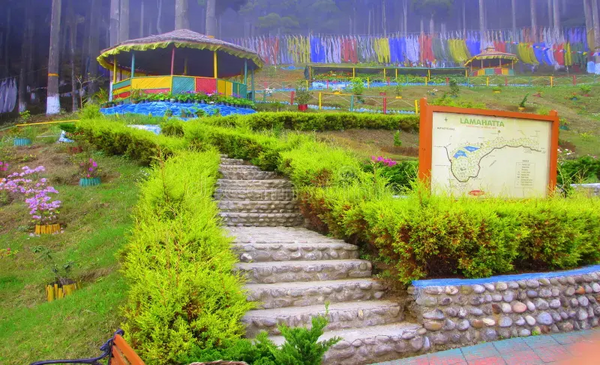
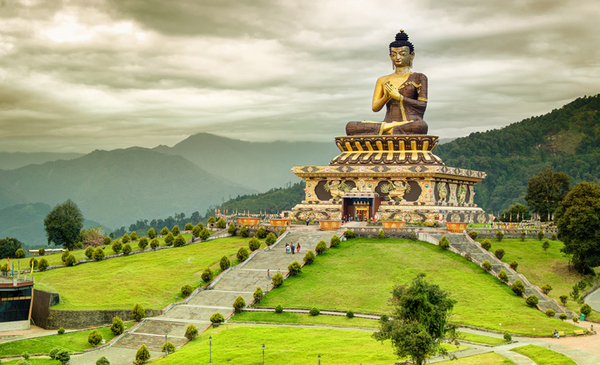
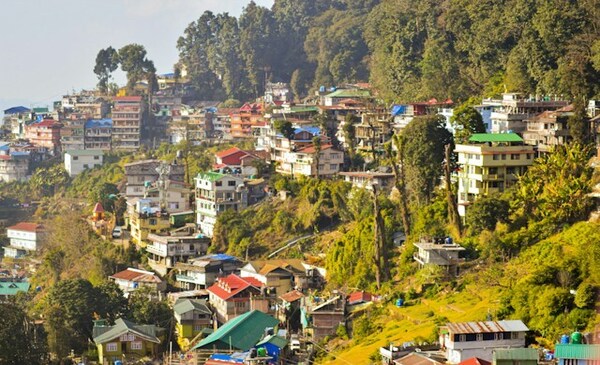
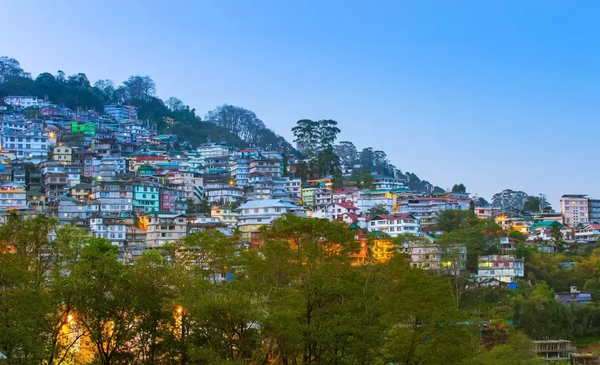
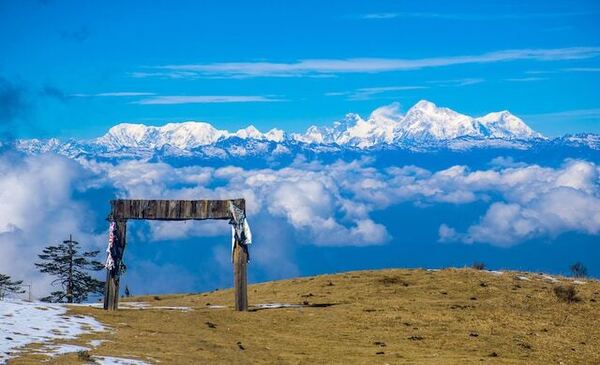
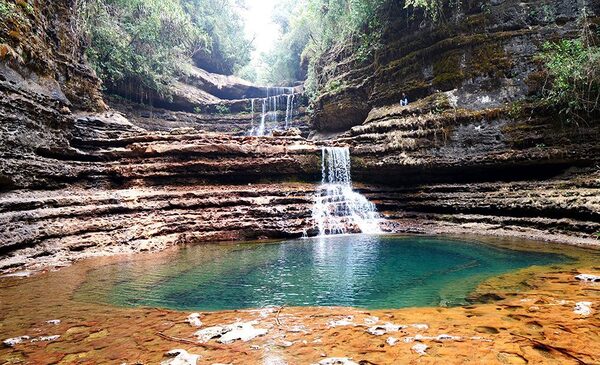
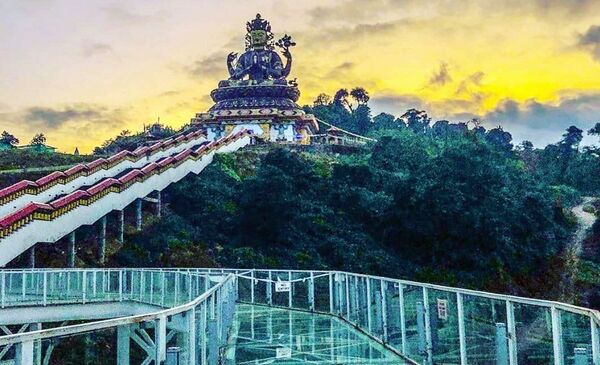

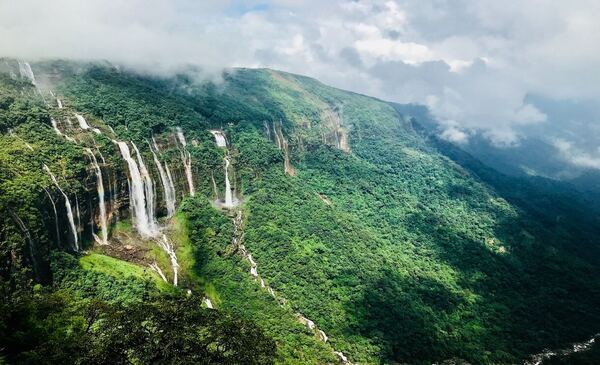
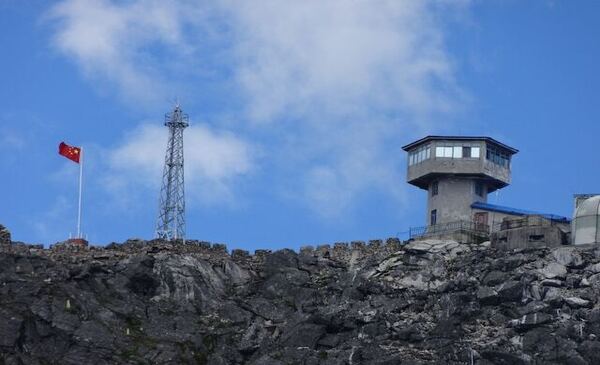
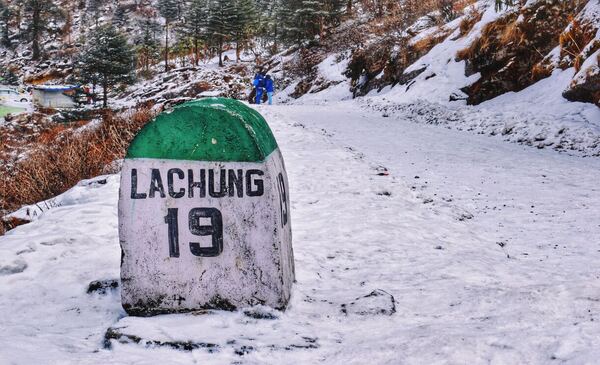
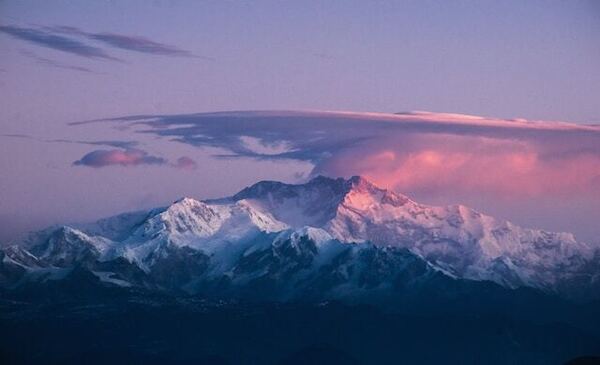
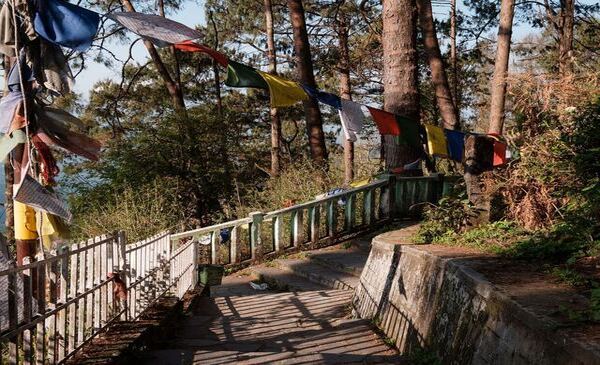
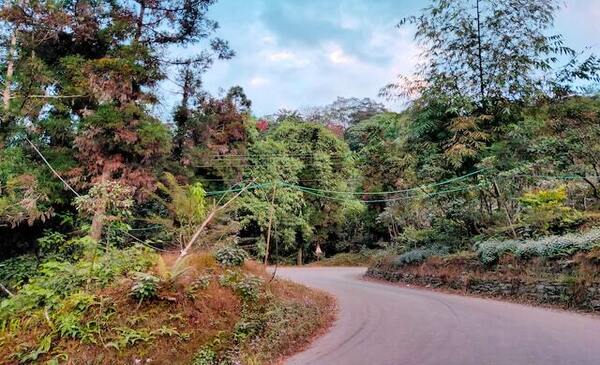
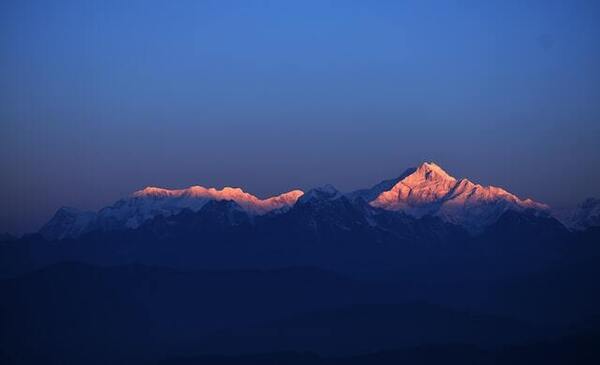
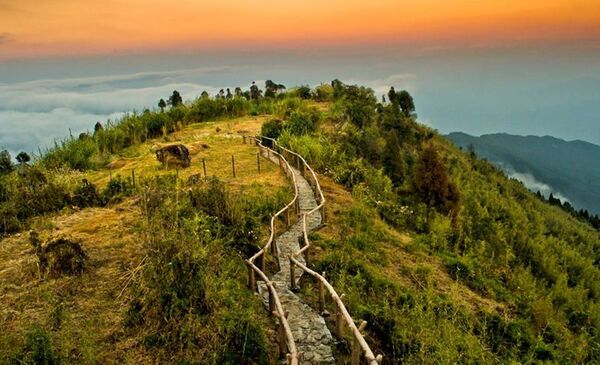
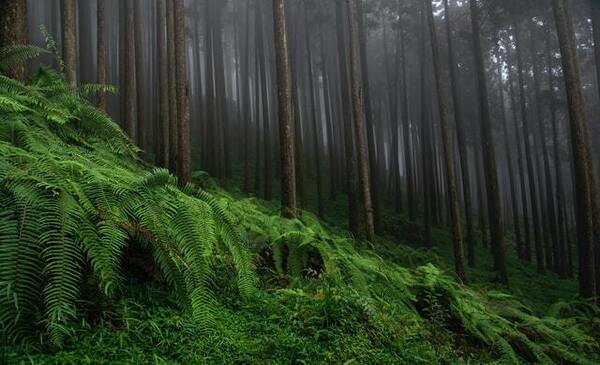
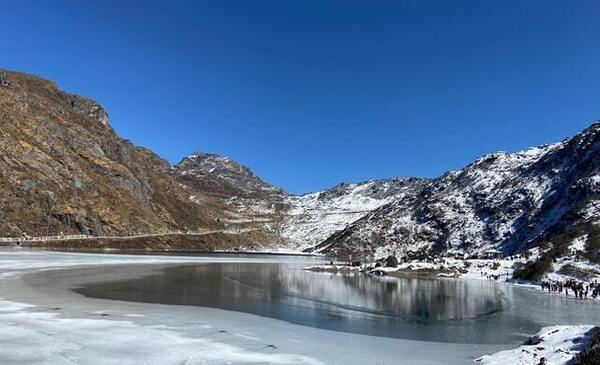
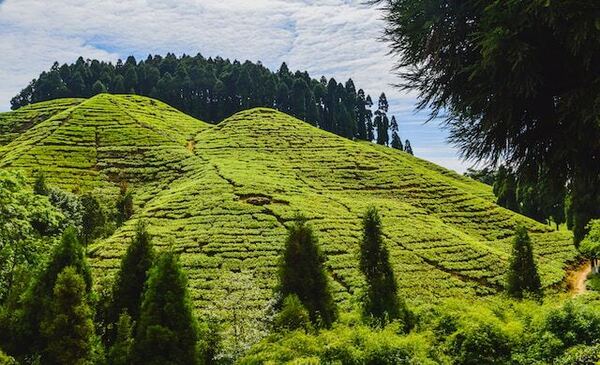
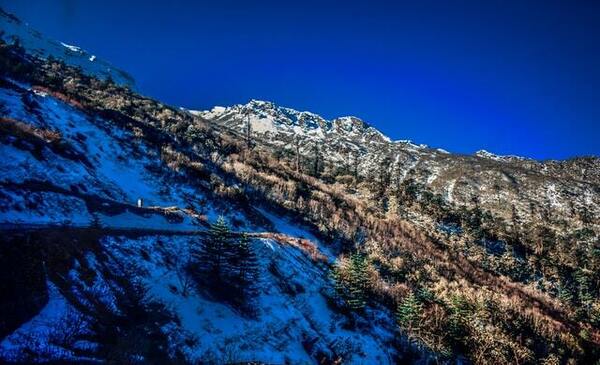
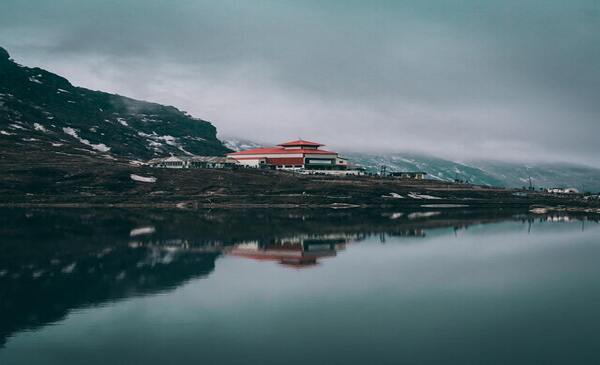
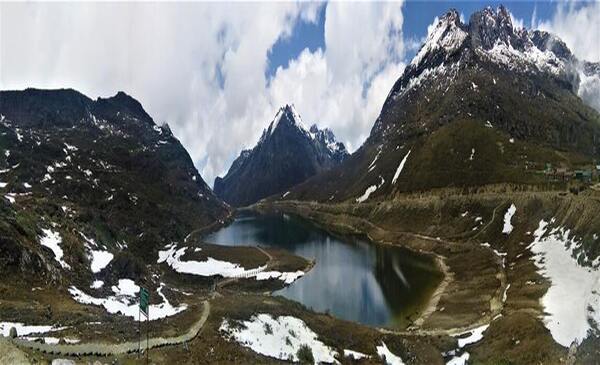
.jpg)
